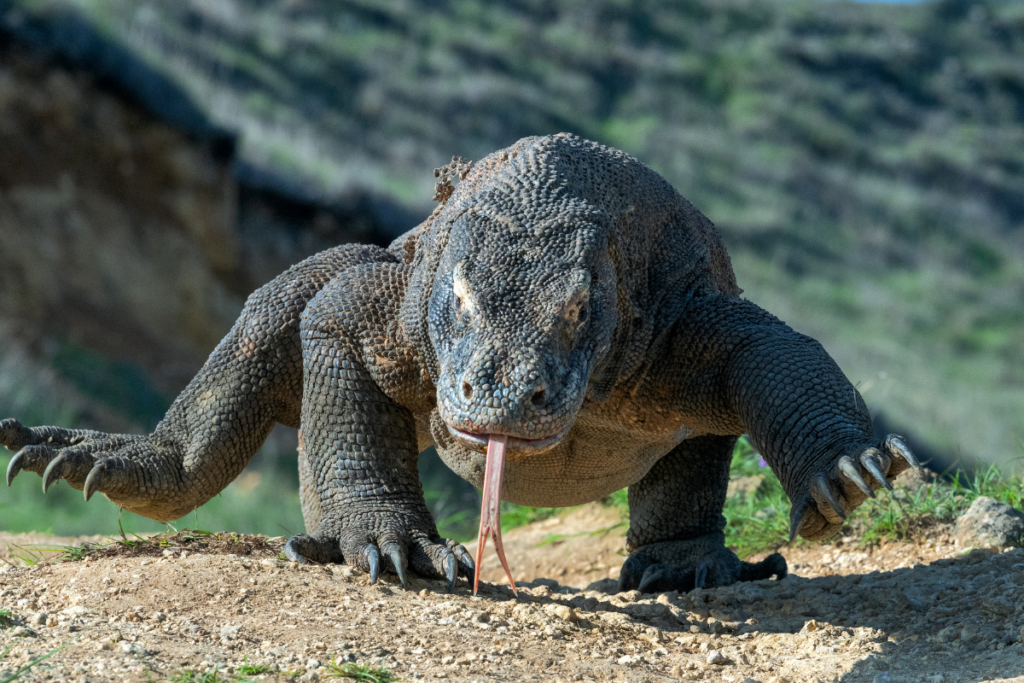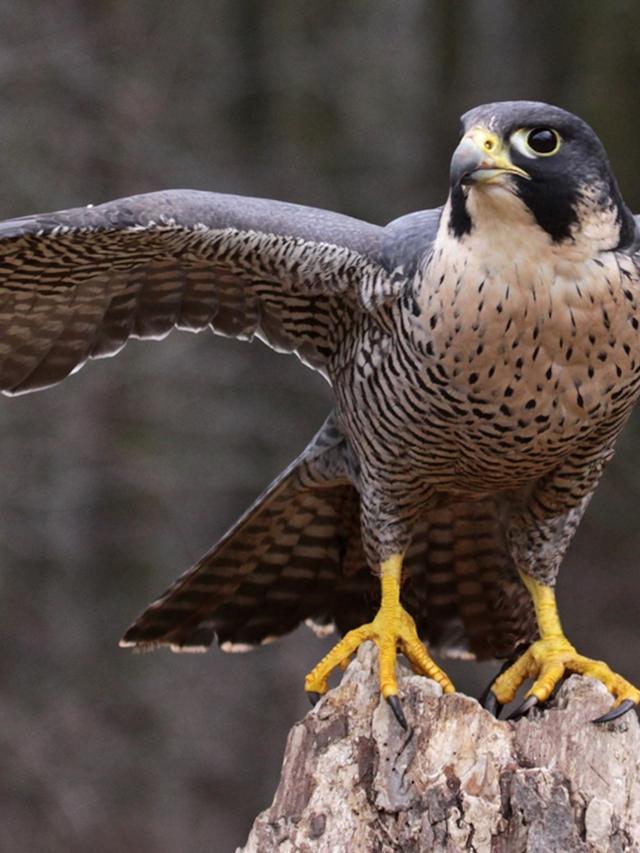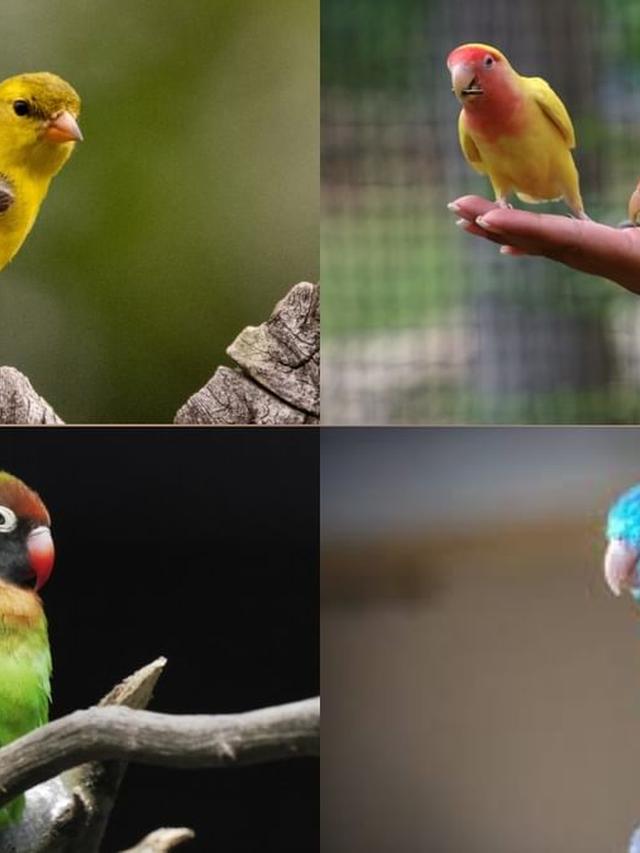The Komodo dragon (Varanus komodoensis) stands as a unique marvel in the natural world, renowned for its massive size, formidable hunting prowess, and the mystique that surrounds its existence on the isolated Indonesian islands it calls home.
However, as human activities increasingly encroach upon their habitats, these ancient reptiles face a multitude of challenges that threaten their survival.
This article explores the complex relationship between Komodo dragons and humans, delving into their behavior, conservation efforts, and the critical issues they confront in the modern era.
1. Natural History and Behavior

Native exclusively to the islands of Komodo, Rinca, Flores, Gili Motang, and Padar in Indonesia, the Komodo dragon is the world’s largest lizard species, capable of reaching lengths exceeding 3 meters (10 feet) and weighing up to 70 kilograms (150 pounds).
Evolving in isolation for millions of years, these reptiles have developed unique adaptations and behaviors that distinguish them in the animal kingdom.
Komodo dragons are apex predators, occupying the top of the food chain in their ecosystem.
They are ambush hunters, relying on stealth and patience to capture their prey, which primarily includes deer, pigs, and smaller reptiles.
Their hunting strategy involves a combination of sharp teeth, powerful jaws, and a venomous bite that immobilizes their victims, making them formidable predators even among large mammals.
Despite their fearsome reputation, Komodo dragons exhibit complex social behaviors.
They are known to engage in ritualistic combat during mating seasons and establish dominance hierarchies within their populations.
Female Komodo dragons are attentive mothers, guarding their nests and providing protection to their offspring until they are capable of fending for themselves.
2. Conservation Status and Threats

Despite their robust adaptations, Komodo dragons face significant conservation challenges primarily due to human activities.
Listed as vulnerable by the International Union for Conservation of Nature (IUCN), their population is estimated to be around 3,000 to 5,000 individuals in the wild, spread across several fragmented habitats.
Habitat loss and fragmentation pose immediate threats to Komodo dragons.
Human encroachment for agriculture, infrastructure development, and tourism infrastructure disrupts their natural habitats and restricts their ability to roam freely.
Additionally, illegal poaching and hunting, driven by demand for their skins and body parts in traditional medicine, further threaten their populations.
Climate change presents another critical challenge for Komodo dragons.
Rising temperatures and altered precipitation patterns can disrupt their prey populations and nesting sites, impacting their overall reproductive success and survival rates.
As ectotherms, Komodo dragons rely on stable environmental conditions for thermoregulation and metabolic processes, making them particularly vulnerable to climate-induced changes.
3. Human-Komodo Interactions

The unique allure of Komodo dragons has made them a significant tourist attraction in Indonesia, particularly in Komodo National Park.
Tourists flock to observe these majestic creatures in their natural habitat, contributing to the local economy but also introducing risks such as habitat disturbance and interference with natural behaviors.
Interactions between humans and Komodo dragons occasionally result in conflicts, primarily when humans encroach upon their territories or provoke defensive responses.
Despite their formidable size, Komodo dragons generally avoid confrontations with humans and only resort to aggression when threatened or provoked.
Efforts to mitigate human impacts on Komodo dragons include the establishment of protected areas, conservation programs aimed at monitoring their populations, and educational campaigns to raise awareness about their ecological importance and conservation needs.
Local communities play a crucial role in these efforts, engaging in sustainable practices and eco-tourism initiatives that support both conservation goals and economic development.
4. Conservation Efforts and Future Outlook
Conservation initiatives focused on Komodo dragons emphasize habitat preservation, population monitoring, and community engagement.
Conservationists collaborate with local authorities and stakeholders to implement sustainable tourism practices, enforce wildlife protection laws, and promote responsible behavior among visitors to minimize disturbances to Komodo dragon habitats.
Research into Komodo dragon biology, behavior, and genetics provides valuable insights into their evolutionary history and adaptation strategies, informing conservation strategies aimed at safeguarding their long-term survival.
Efforts to address climate change impacts on their habitats are also critical, emphasizing the importance of global cooperation in reducing greenhouse gas emissions and mitigating environmental degradation.
Looking forward, the future of Komodo dragons hinges on continued conservation efforts, scientific research, and international cooperation to protect their habitats and ensure their survival for future generations.
By fostering harmonious relationships between humans and Komodo dragons, we can uphold their legacy as one of the world’s most iconic and ancient reptile species.
This article provides a comprehensive overview of the interactions between Komodo dragons and humans, highlighting both the challenges they face and the conservation efforts aimed at preserving their unique existence in the wild.






